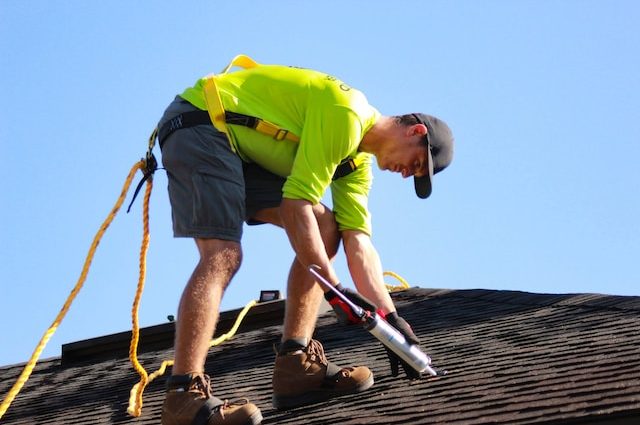It is not always easy to notice mould growth on the roof but this is a situation that can lead to a host of problems if you don’t take steps to treat it. It is not just the aesthetics of your home that will be affected by mould growth. It will also damage the structure of the roof and the home. There are potential health concerns associated with having mould in your home.
Mould is basically a type of fungus that finds moist and humid environments favour
able.
And if your roof has the right conditions, it is very easy for mould to spread quickly. Mould growth on the roof is due to the moisture that accumulates on the roof coupled with poor ventilation. Also, having organic materials like shingles or wood can also be a cause. There are different forms of mould that can be found on the roof including black, brown and green mould. The type of mould growing on the roof will depend on the environment. A common sign of having mould on the roof is seeing discolouration or dark streaks. You will see this as irregular patches on the roof and the colour will vary in between brown, green, black or grey. You will find it is easier to notice this on a light coloured roof. If you notice this, you can contact Outlast Roof Restorations to carry out an inspection and come up with a solution to ensure the health and safety of your home.

One of the main reasons to have mould growing on the roof is excess moisture.
And when there is excess moisture, you will see lichen or moss growing on the roof. These are not mould but when you see this on your roof, it is an indication that there is a favourable environment on the roof that can lead to mould. This is one of the early warnings you will get regarding the issue. But if there is already mould growing on the roof, you may detect a musty smell in the attic or inside the home. This might be easier to detect or stronger after you have experienced rainy weather. This will indicate mould on the roof or in your attic.

When mould is prevalent, it can cause shingles to lose their integrity.
And the shingles will deteriorate over time. You will see this as peeling, warping or curling of shingles. When shingles are damaged, moisture is going to seep into the underlying roof structure creating ideal conditions for mould to thrive. Some roofs will have wooden components such as wooden rafters. Mould growth will contribute to decay in wood which can be seen as discolouration on the wood. You may also be about to see visible signs of mould on the surface. There are also indirect signs of mould such as seeing water stains on the ceiling. This means that your roof is compromised letting water into the house. And roof damage may be caused by mould.

Comments are closed, but trackbacks and pingbacks are open.